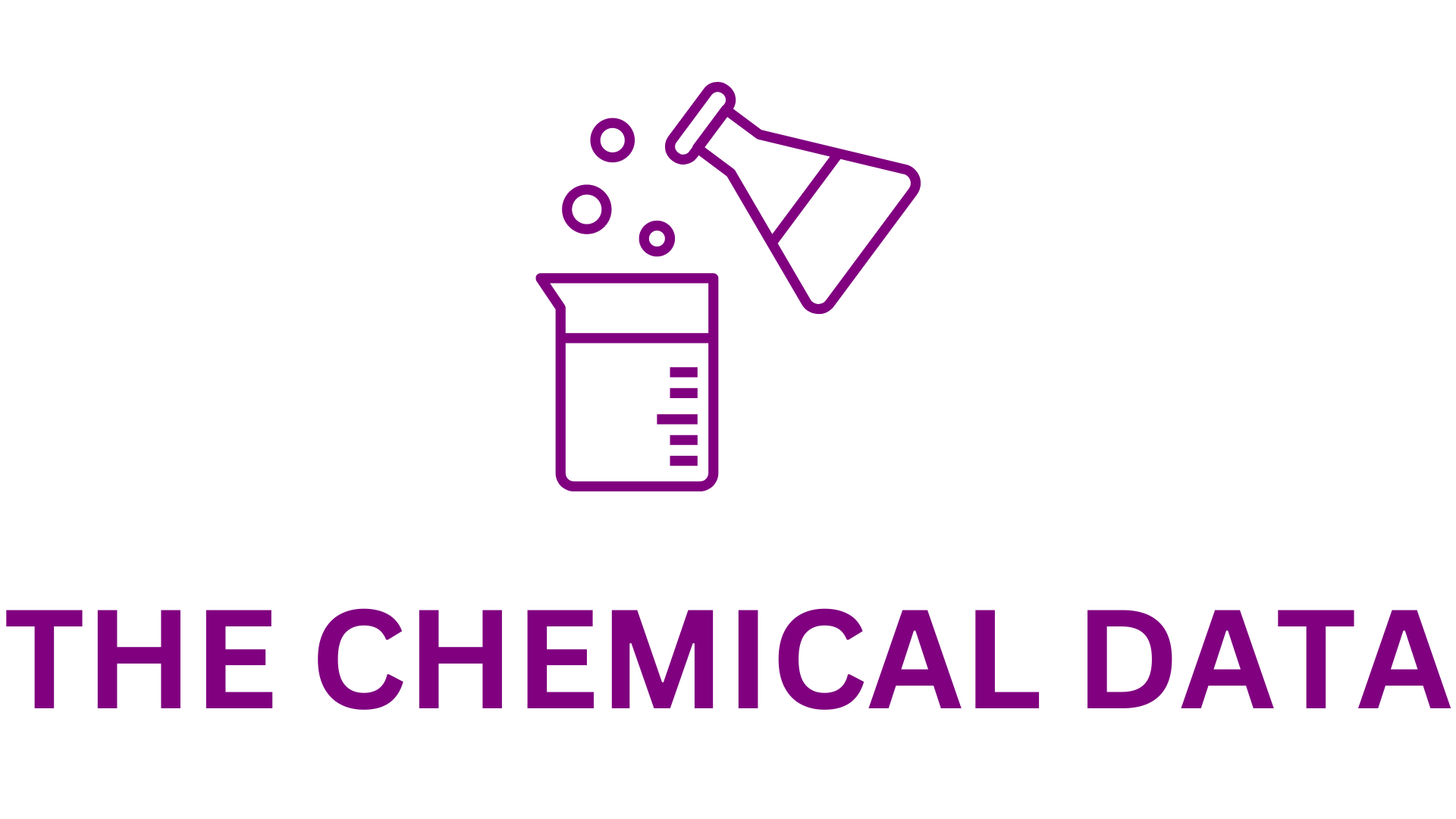
Molecular Vista Inc. (MVI), a leader in nano-chemical metrology, proudly introduces the Vista 300—a cutting-edge nano IR instrument designed for advanced semiconductor process monitoring and defect analysis. The Vista 300 integrates an atomic force microscope with infrared spectroscopy to deliver Photo-induced Force Microscopy (PiFM), a technique that offers unparalleled chemical mapping with a spatial resolution of less than 5 nm, surpassing other analytical methods like TOF-SIMS or XPS. PiFM provides detailed chemical maps of compounds and molecular materials, akin to how EDX performs elemental mapping at the nanoscale. While STEM-EDX offers similar resolution, it only detects atomic species, whereas PiFM identifies molecules, including organic and polymeric contaminants, inorganic particles, nanostructures, and EUV resist films and residues. Being a noncontact method, PiFM keeps samples clean, making it ideal for analyzing surface functionalization (even down to monolayers) and detecting nanoscale defects and particles.
An impressive example of PiFM’s capabilities is demonstrated in the provided images, showing how PiFM maps the chemical variations between exposed and unexposed 16 nm half-pitch patterns in EUV resist prior to development. Although AFM topography shows no differences, PiFM reveals the chemical changes induced by EUV exposure. For more information about this advanced analytical technique, visit molecularvista.com.
The Vista 300 is designed to accommodate full 300 mm wafers within a compact footprint of just 1.1 x 1.1 m². The instrument is fully developed and available for immediate orders. To schedule a demonstration of the Vista 300 on customer wafers or other samples, contact MVI through their website.
Since 2015, MVI has been at the forefront of the industry, having demonstrated sub-10 nm resolution with nano IR, and continues to lead with the introduction of new automation features that simplify PiFM. The new AutoPiFM capability automates material identification, chemical mapping, and chemical fingerprint spectra with minimal user input. Additionally, the AutoAlign system automatically optimizes the IR optical beam on the AFM tip, eliminating the need for intricate optical alignment knowledge. These advancements make PiFM accessible to both laboratory and production technicians.
Dr. Sung Park, CEO of Molecular Vista, remarked, “As semiconductor processes advance with increasingly thinner organic and dielectric layers and smaller feature sizes, Vista 300 stands out as an ideal hybrid tool for characterizing High NA EUV lithography, selective atomic layer deposition, Cu-Cu hybrid bonding processes, and sub-100 nm defects.







